In an era marked by rapid technological advancements and the pervasive presence of the electronics industry, electronic waste (E-waste) has become a prominent global concern. This study utilizes a rigorous bibliometric analysis to thoroughly investigate the extensive body of literature in this field, shedding light on the current state of research and development in E-waste recycling. The study dissects and visualizes research trends, trajectories, and advancements. It meticulously examines a dataset comprising 3267 records extracted from the Web of Science Core Collection, specifically the Science Citation Index Expanded. The analysis highlights China’s pivotal role in E-waste recycling research, contributing 41% of the total research papers in this field. Additionally, the British journal ‘Waste Management’ emerges as a standout among academic publications, with an impressive count of 241 articles, constituting 7.38% of the entire corpus. Notably, Zeng, X.L., emerges as the most co-cited author, underscoring their significant influence and contributions to the scholarly discourse. Tracing the evolution of E-waste recycling research from 1990 to 2022, the study uncovers the field’s inception in 1993 when the first research paper on this subject was published. This nascent domain has since experienced exponential growth, culminating in an impressive 408 papers published in 2022. The research identifies and distills three compelling research trends that have captured significant attention within the E-waste recycling domain. Firstly, it highlights the paramount concern regarding the environmental impact of organic pollutants from E-waste, emphasizing the urgent need for sustainable solutions. Secondly, it delves into the intricate issue of managing and recycling E-waste in developing countries, where unique challenges necessitate innovative approaches. Lastly, the analysis underscores the growing interest in recovering and recycling materials from discarded electronic devices, highlighting the imperative necessity of harnessing the valuable resources within E-waste. In synthesis, this research not only provides an overview of the current landscape of E-waste recycling but also offers a clear path forward for future studies and interventions. It serves as a critical guide for addressing the environmental and socio-economic repercussions of E-waste, ultimately fostering a more sustainable and economically viable future.



